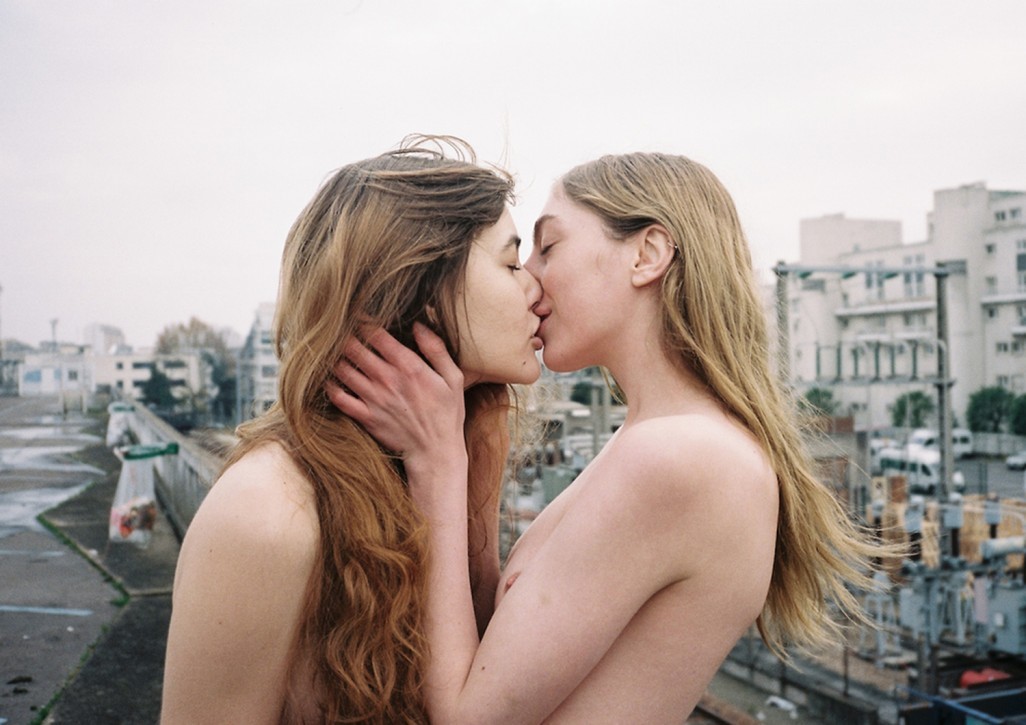Pierre-Ange Carlotti is the enfant terrible of Parisian society. He has proved, with a daring approach to photography, that his vision is not only defiant and provocative, but also a document of a fascinating reality that often escapes the public eye. His work is a delightful blend of French savoir faire and the boldness of youth. He is friends with many of the most important young icons of the fashion industry in Paris, and as a photographer he has become the favorite documentarian of the alternative lifestyle of the city’s youth.
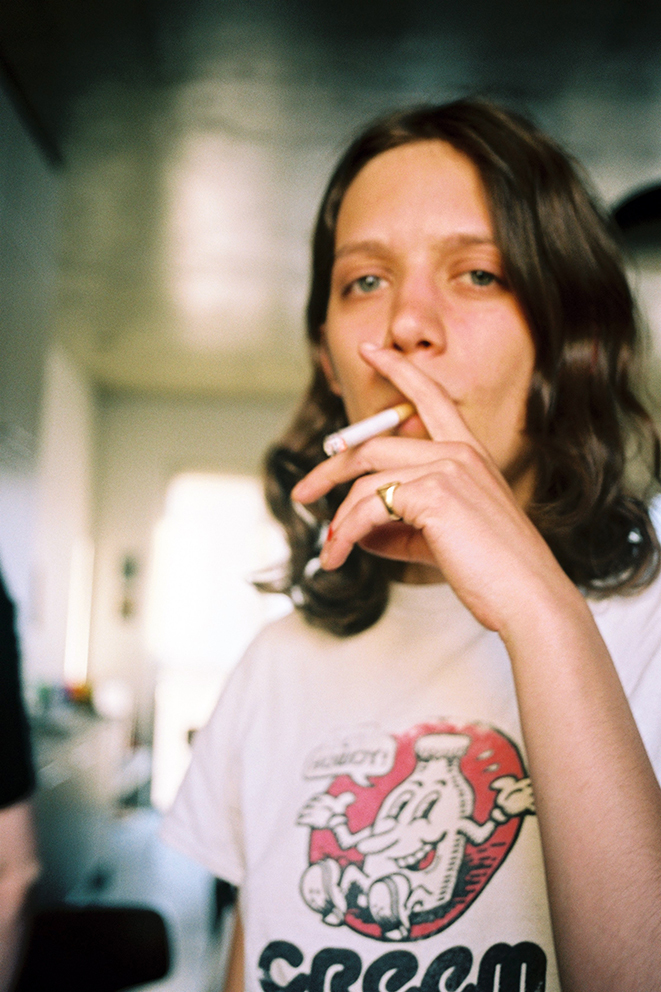
You’re from Corsica but you’re living in Paris right now. Why Paris?
I was born and raised in Corsica, and I never really got around much as a kid, although I did come to Paris a few times as a teenager. I guess it’s just the most natural thing to do, although not necessarily the easiest–ending up moving to a big city in your own country. I arrived in Paris just after graduating from high school when I was 18, and you could say I literally became myself here, as if everything I had done before that point belonged to the past and it was time for me to move on. I still live here because there are some dreams of mine I want to come true in Paris.
What’s the Parisian scene like?
I feel happy to be part of a new and growing energy taking over the city. We’re a bunch of people supporting each other, and that is the main reason for the evolution that’s happening in the fashion scene right now. Today’s fashion has this sexy feeling because it relies on music, photography, design, all these other creative disciplines. I think that what’s new about it is that in the current environment everybody is as interested in his or her own abilities as in what others are capable of.
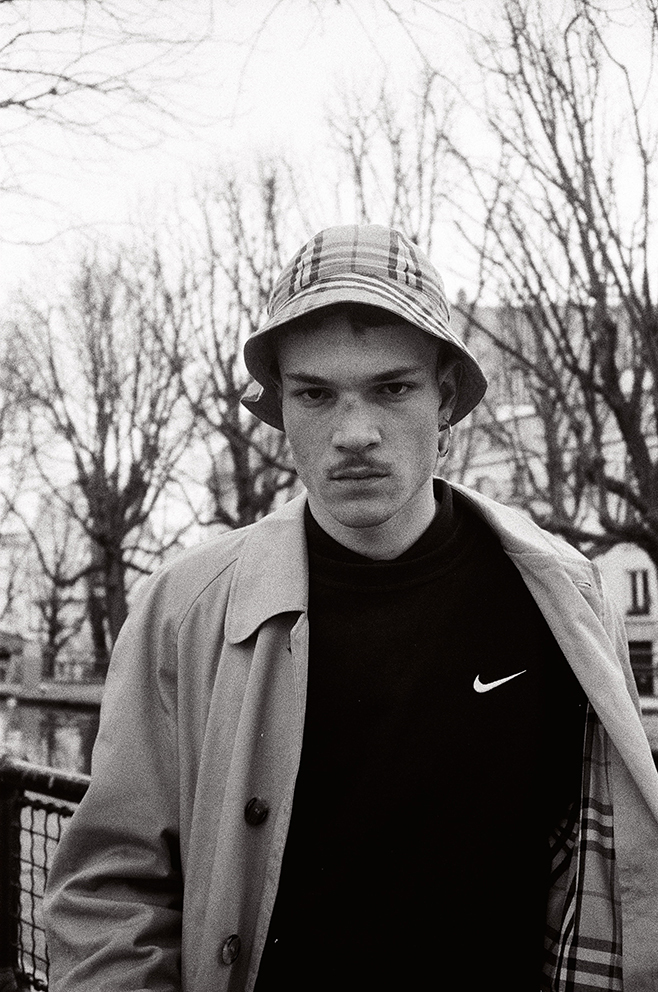
How did you start taking pictures?
I don’t really remember when I started taking pictures, although I can perfectly remember my first camera. It was a Spice Girls camera that my mother gave me as a present, which I still have. Back when I was a kid I was a major Spice Girls fan, so I used to collect anything related to them. I remember I used to take Polaroids of people on TV, people I found fascinating.
How do you consider your work?
I’d love to consider myself some kind of reporter. I am a true believer in the things that I like the most, which is documenting my life and that of those around me. I feel inspired by them. They reassure me of the fact that everything they do deserve to be shown. I would like my work to provide an insight of what we were back in 2015.

You and your circle of friends are part of a very talented generation of young people in Paris. How do you combine your personal life with your profession?
Well there is no real boundary between my life and my work, because what I do is take pictures of my own life. I worked with Jacquemus, but he appears in my portraits too. I take pictures of Clara Deshayes for fashion editorials, but we are also roommates. In the beginning there was no job that some friend of mine wasn’t involved in, and they are now quite used to being in my pictures.
The naked body is an important theme in your work.
I only realized when I began to look back at all my work and I saw that what I was most interested in was nakedness. Not just because of sex, but because whenever I feel attracted to someone, it is more intense when that person is naked. There’s that urge to grab a piece of that flesh. The naked body is so important because it expresses the intimacy I share with the subjects of my photos.
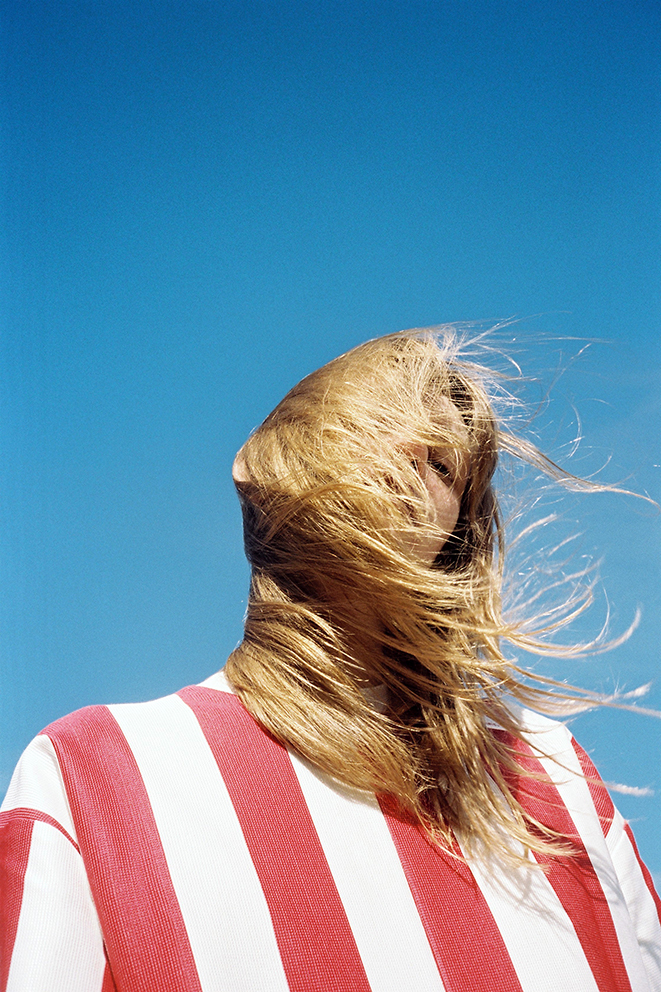
Homosexuality, fashion and underground culture have a big presence in your photographs. Do you think these ideas are part of your work or there’s an interpretation that goes beyond the obvious?
It has never been my intention to show a gay perspective in my work–my archive is full of gays and lesbians because they are the people I’m intimate with. Nightclubs and nightlife in general are my favorite places to take photos and, of course, I have a great time with my crew of gay friends.
Who is your favorite fashion designer right now?
My favorite trends are from another time, from New York and the men that used to go cruising and go to the Mineshaft, for example. I’m all about the color black, chains and leather. If I had to dress someone in Paris, it’ll be with Vetements. I like people dressed as if they just left an after party. This is also how I usually dress.

I’m sure you must have hundreds of stories about your Paris nights. Is there any photo in particular that has a story attached to it that’s special to you?
20 years ago, my parents had the great idea of buying an empty lot between two buildings in the 10th district of Paris. They built this incredible house that they still live in. They went away once for two weeks and it became the best hotel/restaurant/nightclub of the whole city. One of those nights, Clara made an amazing ceviche and we drunk so much tequila. I remember us forming this huge, ridiculous circle, but I don’t remember why. I’m sure everybody remembers as little as me. I love Mexico.
What’s the best moment to take a photo?
It’s a moment that can last for hours, even an entire day. I like to start with a few in the early evening. Then we drive to some club, hang out, and then head back home together for a giant party. I love to be there in the morning, while they are still asleep and take some pictures of them. Then I’ll wait until they wake up to continue outside during a sunny afternoon. And after that… who knows, maybe a few drinks later the day will repeat itself.
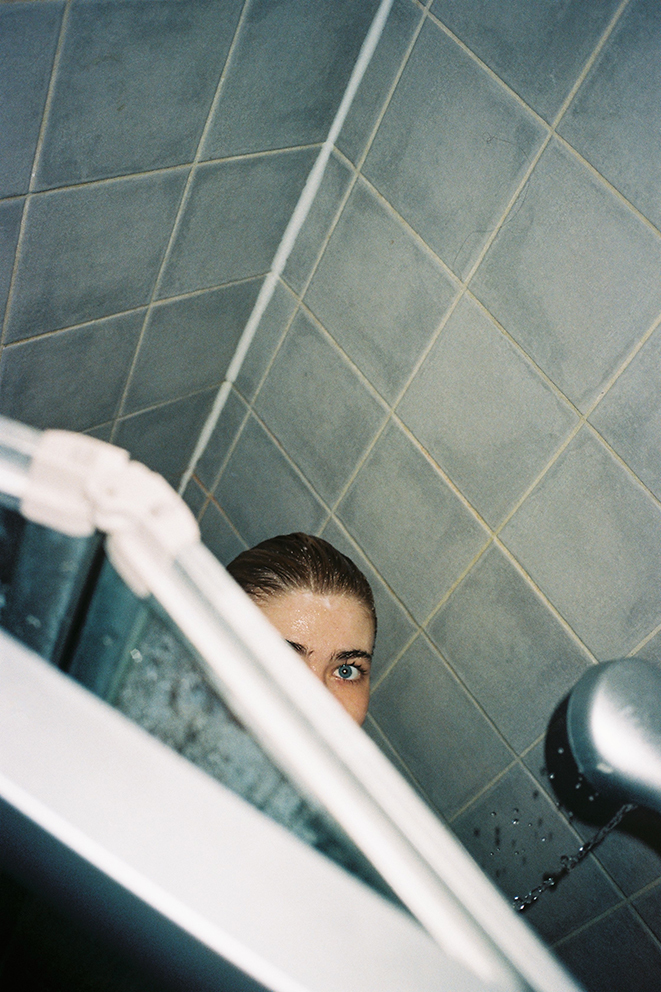
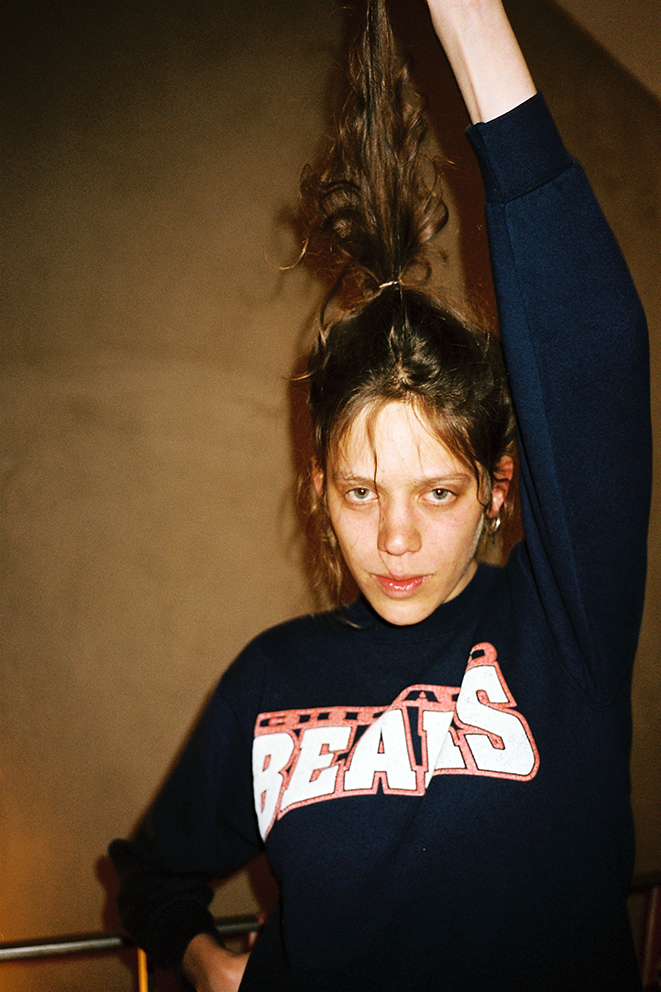
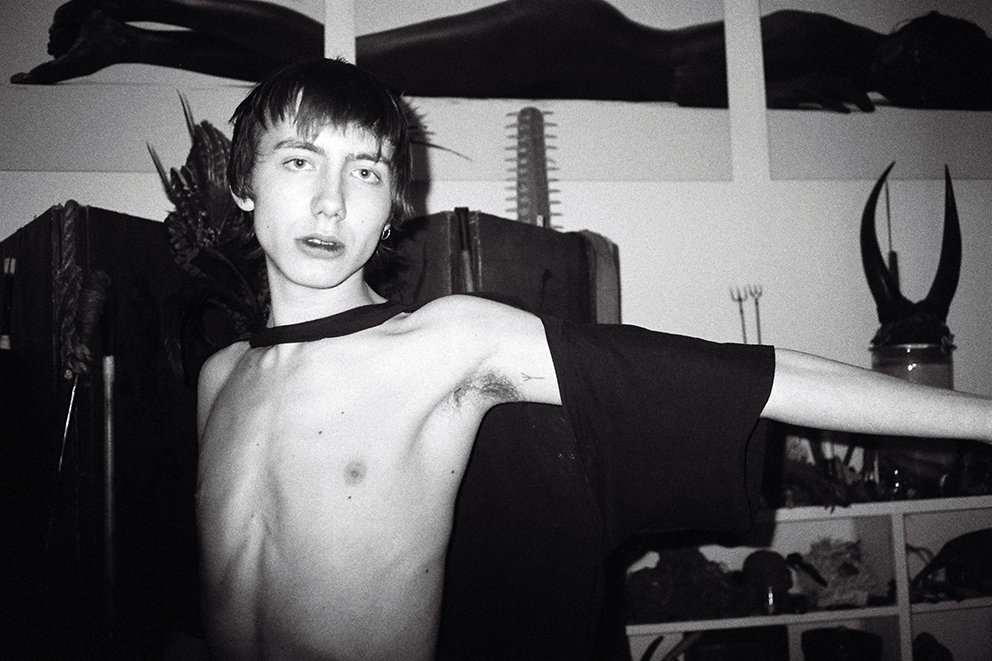
Credits
Text Daniel Ortiz
Images courtesy Pierre-Ange Carlotti
